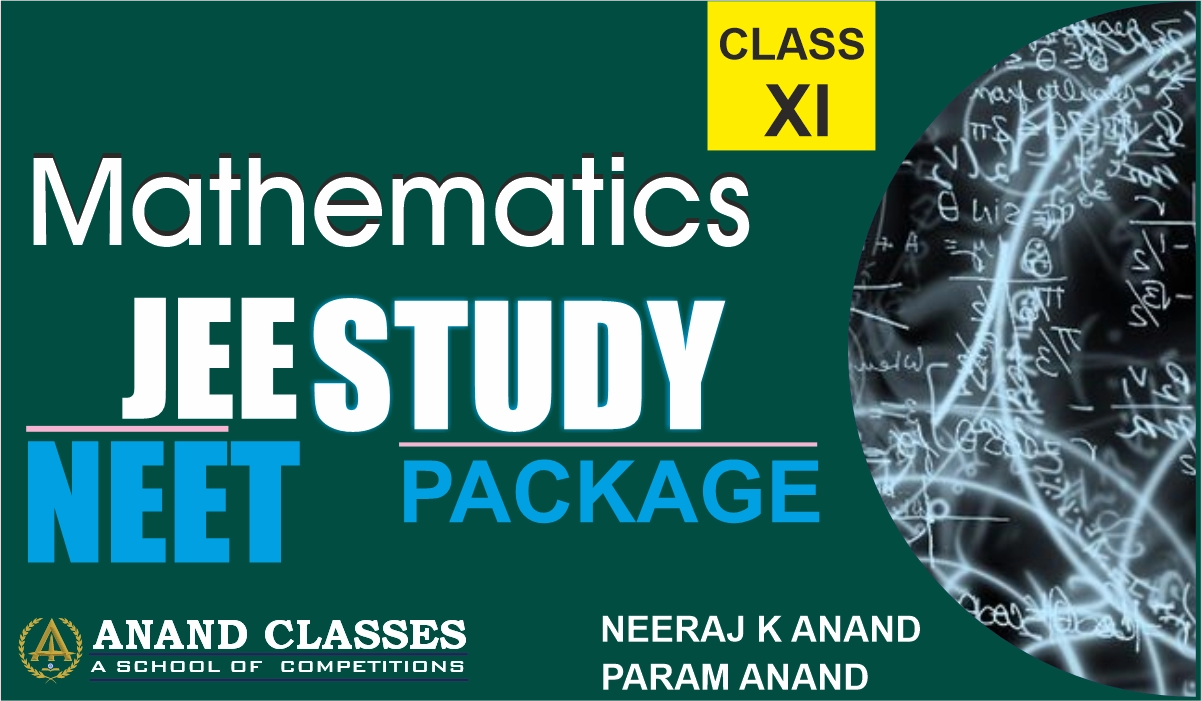Homolytic & Heterolytic Fission of Covalent Bonds – Detailed Explanation

Most chemical reactions involve the breakage of existing chemical bonds and the formation of new ones. However, chemical bonds can ...
Read more
Hyperconjugation | Electromeric Effect | Chemistry Class 11 Organic Notes Study Material

Electron displacement in an organic molecule may take place due to the presence of an appropriate attacking reagent. This kind ...
Read more
Resonance Effect or Mesomeric Effect with Types and Structure

Introduction This topic explains the Resonance effect or Mesomeric effect and its types. In organic chemistry, the behaviour of electrons ...
Read more
Electromeric Effect – Definition, Detailed Explanation and Examples

Electromeric Effect can be observed only in organic compounds which contain multiple bonds. It is a temporary effect that arises ...
Read more
Inductive Effect – Types of Inductive Effect, Applications, Stability

The inductive effect refers to the phenomenon wherein a permanent dipole arises in a given molecule due to the unequal ...
Read more
IUPAC Nomenclature Of Organic Compounds – Definition, Methods, Types, Examples with FAQs

What is IUPAC Nomenclature? IUPAC nomenclature of organic compounds refers to the systematic approach taken for the nomenclature of organic ...
Read more
Organic Chemistry – Reagents, Field Effects, Stability, Bond Cleavage

What Is Organic Chemistry? Organic chemistry is the branch of Chemistry that involves the scientific study of organic compounds (compounds that ...
Read more
Qualitative Analysis of Organic Compounds-Detection of Carbon, Hydrogen, Nitrogen, Halogens, Sulphur, Phosphorus, Oxygen

Organic chemistry is a branch of science that studies the structure, properties, and interactions of organic compounds having covalent carbon ...
Read more
What is Quantitative Analysis?-Estimation of Carbon and Hydrogen (Liebig’s method), Nitrogen (Dumas Method and Kjeldahl’s method), Sulphur, Halogens, Oxygen, Phosphorus

Quantitative analysis is one of the important processes in chemistry. It is used to determine mass percent i.e. to determine ...
Read more
Purification of Organic Compounds-Sublimation, Crystallization, Distillation, Fractional Distillation, Vacuum Distillation, Steam Distillation, Differential Extraction, Chromatography

Organic chemistry is the study of carbon-containing molecules’ structure, characteristics, content, reactions, and production. The majority of organic compounds contain ...
Read more
